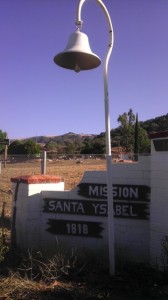
The official title was Asistencia Santa Ysabel, but it had one of the highest conversion rates of all the California Catholic churches in it’s day.
On our way back home from our recent Jackman family renunion we visited Asistencia Santa Ysabel. Having visited all of the original California missions I felt compelled to stop and visit the Asistencia.
Starting in San Diego in 1769, the missions were built as a safeguard of the Spanish empire in California. As the missions in California grew it became necessary to fill in the gap areas between the missions. In 1816 the mission fathers in San Diego officially requested the Spanish Governor for the right to build an Asistencia (helper) Mission in what is now known as Santa Ysabel.
Santa Ysabel was intended to be the first of a chain of missions that would extend all the way through Arizona and onto Sonora, Mexico. In the 1830s the Mexican government desecularized all of the missions and Santa Ysabel suffered by a lack of priesthood visiting the area.
Eventually, the mission completely deteriorated and the mission bells were lost (the story says lost, but it looks to me like they were stolen). It was not until 1903 with the arrival of Father Lapointe that the mission became what it is today.
A quick video of the chapel:
Today there is not much to look at but it was interesting. Besides the chapel there is a cemetery (which lots of Native American graves) and a Native American museum. The museum was a bit dusty and looking at the visitor’s log it didn’t look like it saw many visitors. I enjoyed looking at the pictures of old chiefs and old tribal dances.
- A look at the early mission when it still had it’s bells.
- The current church does a great job in reflecting the mission style architecture.
- The current chapel was erected in 1924. You can see Father Lapointe’s grave in the background.
- Father Lapointe did a lot of hard work to get the mission back together. All he requested was that he be buried in the shadows of the church he worked so hard to rebuild.
- A look to the inside of the Santa Ysabel Chapel.
- The story said the lost bells were a “mystery” but it sounded more like someone just stole them.
- Chief Cinon, last chief of the Mesa Grande Tribe.
- The sign said this was the Tholvar Dance. I have never heard of it. I wonder what it is about.

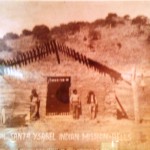
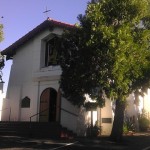
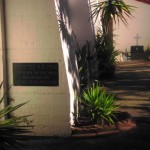
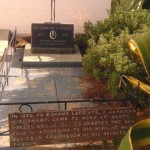
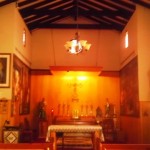
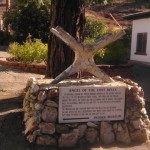
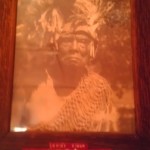
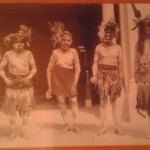
John, I’m impressed you made it to all 21 missions. That is on my list and I’m still a number short. I’ll use your blog as a resource.